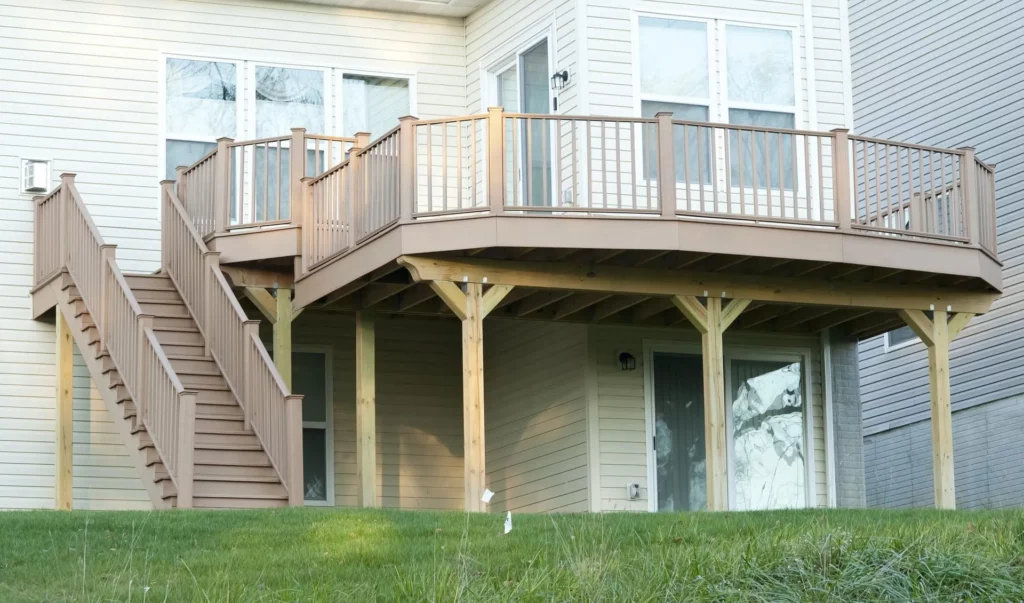
Installing a new deck has many practical benefits. A deck offers a comfortable outdoor gathering space for your family and friends, as well as an area where you can work, play, and even cook while enjoying the fresh air. However, decks can also be relatively expensive, so building a new one is a major investment in your home.
A typical deck will range fairly high into four-figure costs, but a high-end deck may cost tens of thousands. When putting this much money into your home, you want to know that your investment will last for many years and maybe even pay back some of those costs when you sell. This guide will provide three of the best tips for maximizing the long-term value of your home’s new deck.
1. Choose Your Materials Carefully
A deck can add plenty of curb appeal to your home, but a worn-out deck might detract from your home’s appearance or leave potential buyers worried about repair and replacement costs. Real wood decks offer the best return on investment, with composite decks offering a slightly lower average recovered cost during home sales.
However, there are a few other considerations to keep in mind. A wood deck generally shows signs of wear sooner than a composite deck, especially in Virginia’s humid climate. Wood decks can last many years, but keeping them in good shape requires a skilled installer, ongoing maintenance, and correct wood selection. A wood deck treated like a long-term investment will pay off.
On the other hand, composite decks will cost more upfront and generally last longer with less maintenance. While these decks don’t offer the same return on investment as a wood deck, they’ll continue to look good with only basic maintenance and cleaning. Composite decking may offer a better long-term value if you don’t want to spend much time maintaining your deck.
2. Work With an Experienced Contractor
Many homeowners view decks as relatively straightforward projects, but any raised structure includes numerous potential hazards and pitfalls. Your deck must withstand the elements for decades while supporting the weight of your family, guests, and outdoor furniture. Installing a deck also means attaching an additional structure to your home, which can create further issues.
As a result, any significant decking project requires a professional for planning, design, and construction. Small details, such as the choice of fastener, can have a surprisingly large impact on the long-term durability of your deck. For example, spending a little more to have your contractor use stainless steel nails and screws can help ensure your deck doesn’t suffer premature failures due to fastener corrosion.
Other common pitfalls include not considering local building codes, not adequately securing deck beams to deck posts, or even using too few fasteners. Homeowners often make these mistakes when building decks, causing the deck to require substantial renovations relatively quickly. An experienced contractor will avoid these pitfalls and ensure your deck provides years of reliable and safe service.
3. Don’t Fall Victim to Trends
Remember that a deck is one of the most functional outdoor spaces in any home. Trends come and go, but focusing too much on the latest trendy designs is less important than ensuring your deck has plenty of safe, practical space for outdoor fun. Always stop and ask how you plan to use your deck, how much space you need, and how you might want to alter or modify your deck in the future.
Designing a deck that meets these requirements is far more important for its long-term value than adding features purely for the wow! factor. Likewise, select a material and design that works with the rest of your home. A matching design will create a cohesive look that will enhance curb appeal rather than clash with the overall look of your home.
13TEN Renovations can help if you want to build a deck that will become a focal point for your home’s outdoor activities for years to come. Get in touch today if you’re ready to start planning a deck that can add long-term joy and value to your home.